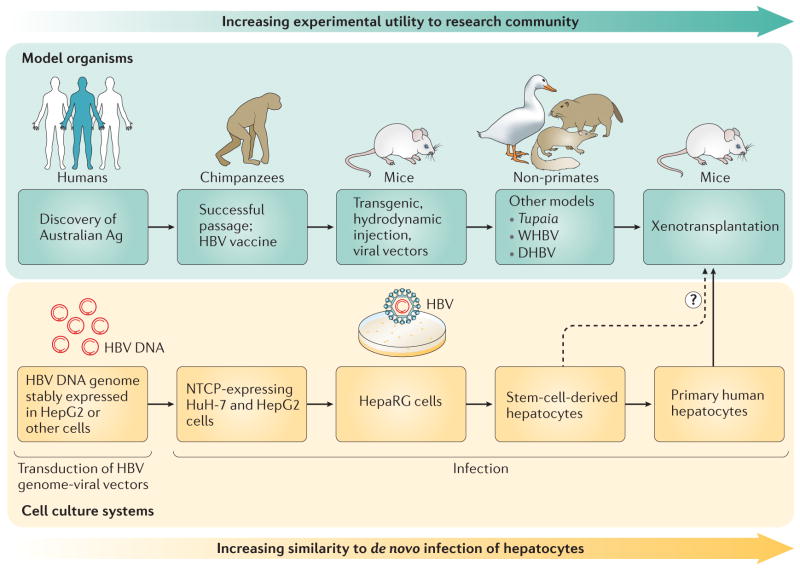Figure 4. The evolving models to study the HBV life cycle and pathogenesis.
The use of model organisms has shifted from the use of primarily humans and primates to alternative models including Tupaia and woodchuck (WHBV) and duck (DHBV) hepatitis viruses. Xenotransplantation in mouse models has more recently been developed with animals that are susceptible to HBV infection. Cell systems that initially relied upon the use of hepatoma-derived cell lines and transfected or virally transduced DNA genomes have transitioned to infectious systems including primary hepatocytes and stem-cell-derived hepatocyte-like cells with functional cell intrinsic innate antiviral responses. Ag, antigen; DHBV, duck hepatitis B virus; NTCP, sodium/bile acid cotransporter (also known as SLC10A1); WHBV, woodchuck hepatitis B virus.

